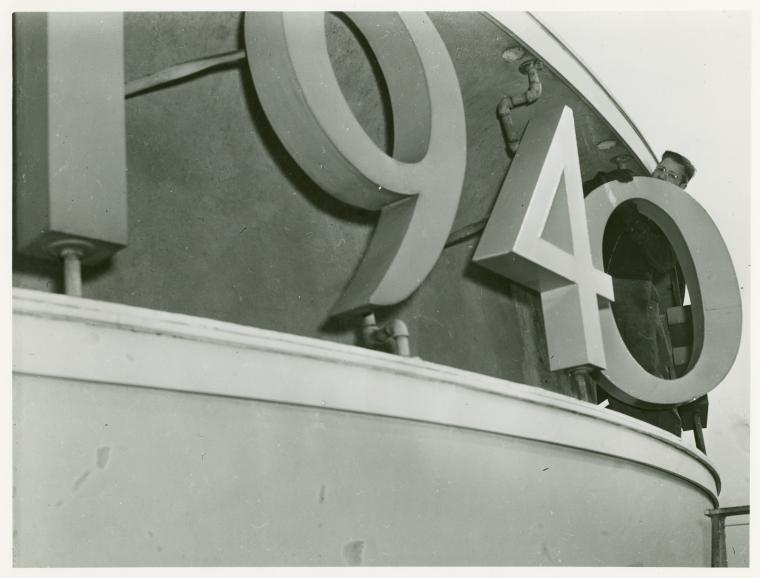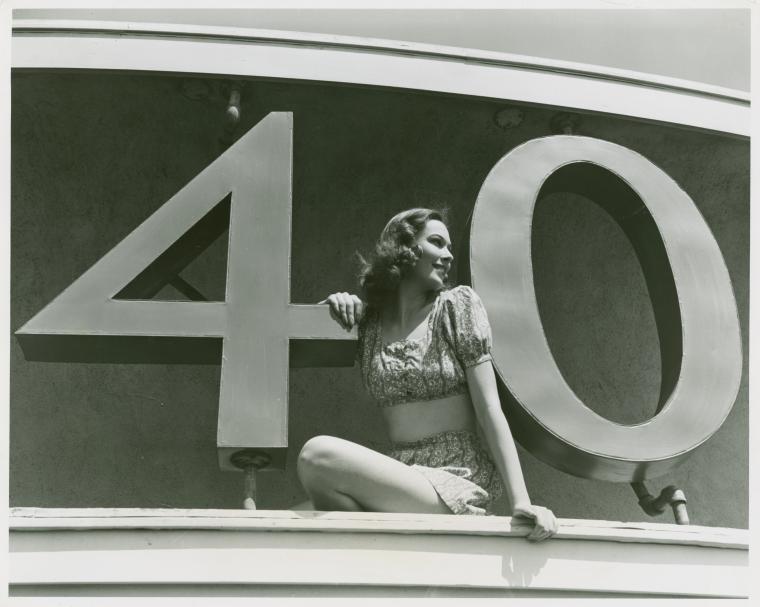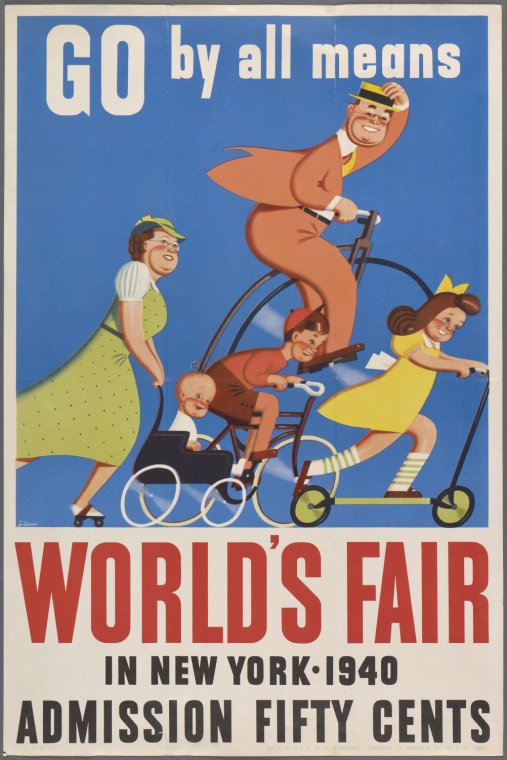1940: What's Going On
Released April 2, 2012 by the National Archives, the Sixteenth United States Federal Census is an exciting and important document. It describes the lives of Americans caught between two cataclysmic events in the country's history. When the 1940 census was taken, the nation was still in the throes of the Great Depression, with 14.6 percent of the population out of work, but not yet caught up in the Second World War, a soon to be global conflagration that was, ironically, to put an end to years of economic hardship. Using The New York Public Library's NYPL Labs/Milstein Division search tool Direct Me NYC: 1940, you can explore the pages of the 1940 census, and, in doing so, the lives of individual men, women, and children — possibly your parents, grandparents, great grandparents, or even yourself — people who lived in New York City during historic times. In celebration of the release of the 1940 census, and of Direct Me NYC: 1940, we present to you a brief time line of events from 1940. With a New York City twist.
January 30
The first social security checks go out, and total $75,844. U.S. unemployment remains high, with 14.6 percent of the population without work.
February 28

February 29
April 1 1940
June 1
June 29
July 4
October 27
October 29
November 5
November 15
References
New York Year by Year: A Chronology of the Great Metropolis by Jeffrey A. Kroessler
The New York Chronology: The Ultimate Compendium of Events, People, and Anecdotes from the Dutch to the Present by James Trager
Read E-Books with SimplyE
 With your library card, it's easier than ever to choose from more than 300,000 e-books on SimplyE, The New York Public Library's free e-reader app. Gain access to digital resources for all ages, including e-books, audiobooks, databases, and more.
With your library card, it's easier than ever to choose from more than 300,000 e-books on SimplyE, The New York Public Library's free e-reader app. Gain access to digital resources for all ages, including e-books, audiobooks, databases, and more.
If you don’t have an NYPL library card, New York State residents can apply for a digital card online or through SimplyE (available on the App Store or Google Play).
Need more help? Read our guide to using SimplyE.


